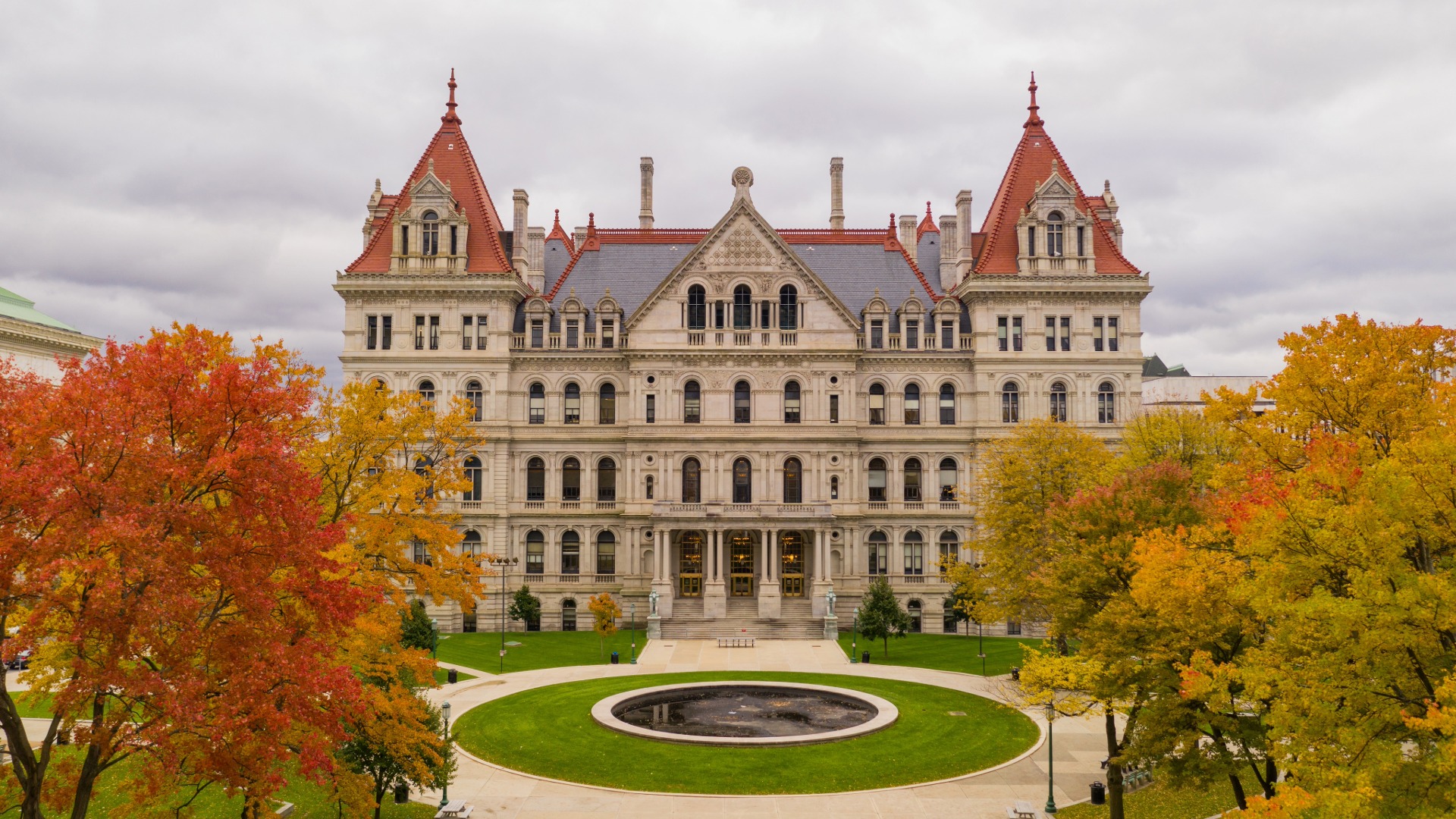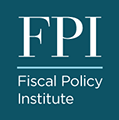
The State Budget Outlook
November 26, 2025 |
Executive Summary
New York State’s Division of the Budget (DOB) recently published its mid-year budget update, which forecasts considerable budget gaps in the years ahead: an apparently staggering $26.8 billion gap over the next four years before even accounting for the impending losses of federal funding under the so-called “One Big Beautiful Bill Act” (OBBBA).
At first glance, this seems like an insurmountable challenge. If the State is facing dramatic deficits before it loses federal funding, then a statewide fiscal crisis must be around the corner. As our report shows, however, the DOB’s forecasted budget gaps are products of excessively conservative revenue forecasting, rather than an underlying imbalance between revenue and spending. In fact, barring a recession, the State’s budget—before accounting for the OBBBA impacts—is likely to generate surpluses over the next four years.
The DOB forecasts overestimate the risk of revenue shortfalls but also underestimate the OBBBA impacts, thereby minimizing their impact on the state budget. The Fiscal Policy Institute estimates that cumulative funding cuts under the OBBBA will be $5.6 billion in the next fiscal year, FY 2027, and $14.3 billion by 2030. These cuts broadly reflect the decision of the current Congress and President to eliminate health care coverage for many low- and middle-income families in order to fund tax cuts for the well off. The bill is especially generous to those earning more than $1 million each year. In New York, these taxpayers stand to save a collective $12 billion annually on their federal taxes.
Our report explains why the State’s fiscal position is considerably stronger than the DOB forecasts indicate and, at the same time, why the OBBBA’s impacts are more severe than the State is accounting for. It also demonstrates the continuing strength of the State’s tax base and fiscal reserves, and that the fiscal challenges ahead can be managed through raising new revenue to the extent necessary.
A correction was made on December 1, 2025: An earlier version of this report misstated the value of planned tax cuts. The bottom row of Table 5 has been corrected.

The State Budget Outlook
November 26, 2025 |
Executive Summary
New York State’s Division of the Budget (DOB) recently published its mid-year budget update, which forecasts considerable budget gaps in the years ahead: an apparently staggering $26.8 billion gap over the next four years before even accounting for the impending losses of federal funding under the so-called “One Big Beautiful Bill Act” (OBBBA).
At first glance, this seems like an insurmountable challenge. If the State is facing dramatic deficits before it loses federal funding, then a statewide fiscal crisis must be around the corner. As our report shows, however, the DOB’s forecasted budget gaps are products of excessively conservative revenue forecasting, rather than an underlying imbalance between revenue and spending. In fact, barring a recession, the State’s budget—before accounting for the OBBBA impacts—is likely to generate surpluses over the next four years.
The DOB forecasts overestimate the risk of revenue shortfalls but also underestimate the OBBBA impacts, thereby minimizing their impact on the state budget. The Fiscal Policy Institute estimates that cumulative funding cuts under the OBBBA will be $5.6 billion in the next fiscal year, FY 2027, and $14.3 billion by 2030. These cuts broadly reflect the decision of the current Congress and President to eliminate health care coverage for many low- and middle-income families in order to fund tax cuts for the well off. The bill is especially generous to those earning more than $1 million each year. In New York, these taxpayers stand to save a collective $12 billion annually on their federal taxes.
Our report explains why the State’s fiscal position is considerably stronger than the DOB forecasts indicate and, at the same time, why the OBBBA’s impacts are more severe than the State is accounting for. It also demonstrates the continuing strength of the State’s tax base and fiscal reserves, and that the fiscal challenges ahead can be managed through raising new revenue to the extent necessary.
A correction was made on December 1, 2025: An earlier version of this report misstated the value of planned tax cuts. The bottom row of Table 5 has been corrected.
